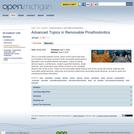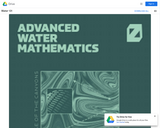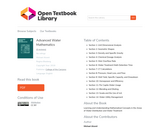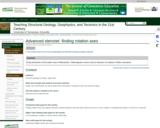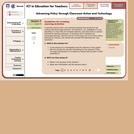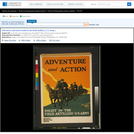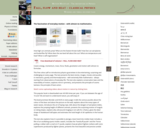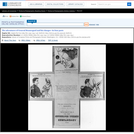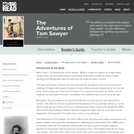
This course considers films spanning the entire career of pioneering Spanish filmmaker Luis Buñuel (1900–1983), from his silent surrealist classic of 1929, Un perro andaluz, to his last film, Ese oscuro objeto del deseo (1977). We pay special attention to his Mexican period, in exile, and the films he made in, and about, Spain, including his work in documentary. It explores Buñuel’s early friendship with painter Salvador Dalí and poet Federico García Lorca, surrealist aesthetics, the influence of Freud’s ideas on dreams and sexuality, and the director’s corrosive criticism of bourgeois society and the Catholic church. We will focus on historical contexts and relevant film criticism.
About This Course on OpenCourseWare
The instructor of this course, Elizabeth Garrels, is a Professor Emeritus at MIT. She retired in 2014 after 35 years at the Institute. Professor Garrels taught this course for over 15 years, and it evolved over this time period. Normally, a course on OCW represents the version of a course taught during a specific semester and year. However, for this course we hope to represent the evolution of the course during the main years it was taught. The materials you see here are not from a particular iteration of the course, but are drawn from all of the years the course was taught.
- Subject:
- Arts and Humanities
- Career and Technical Education
- Film and Music Production
- History
- Social Science
- Visual Arts
- World Cultures
- World History
- Material Type:
- Full Course
- Provider:
- MIT
- Provider Set:
- MIT OpenCourseWare
- Author:
- Garrels, Elizabeth
- Date Added:
- 09/01/2013
